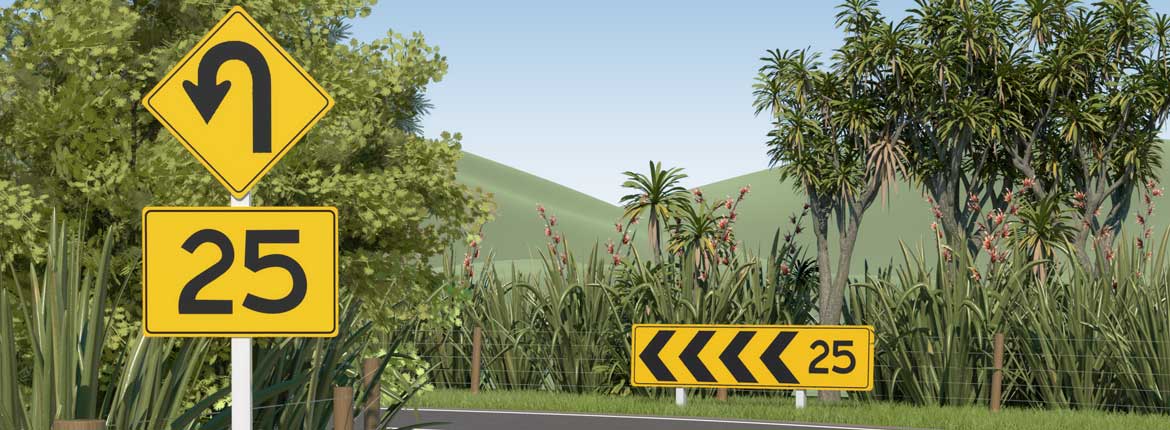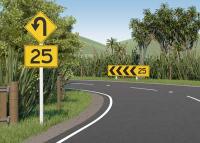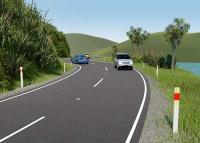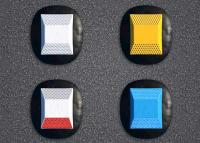
Road rules: Rural reminders
While the road signs and markers on New Zealand’s rural roads will be familiar to most Kiwi motorists, the messages they are there to reinforce may have been forgotten.

Curve warning signs
These black chevron-shaped arrows alert motorists to blind corners ahead and indicate which way the road will turn. The signs display advisory speeds and arrows signalling how tight the corner will be. Always slow down and ensure you can come to a complete stop in half the space you can see in front of you as you approach the curve. You never know what you might encounter as you enter the bend.

Roadside marker posts
The flexible white stakes with reflectors that indicate the road edge are a common sight in New Zealand. What might not be widely understood is that the left and right sides display different markings. The left marker post has a long white reflector over a red stripe; the right is marked with a red strip over yellow, indicating left-hand bends. By knowing what the markers mean, you’ll be able to feel confident you’re headed the right way. The markers are especially helpful in snow or fog when visibility may be compromised; at night when the shoulder or road edge is obscured, in areas with tight bends, roads with blind rises and at the crests of hills that are followed by a bend.

Cats’ eyes
Giving a similar effect to when a vehicle’s headlights shine into an animal’s eye, these reflective studs built into the surface of roads help locate the road edge, centre line and the right-hand edge of a motorway. They also signal no-passing zones. Since they come in five colours and have no other markings, you’d be forgiven for forgetting what each indicates. Red cats’ eyes are always located to the left side of the road, white in the centre to mark each lane and yellow on the right lane of a motorway or expressway, and to indicate a no-passing stretch. Blue signals a nearby fire hydrant, or if it is flashing, that the road may be slippery from frost, ice or snow. What does green tell you? The presence of a culvert or drain under the road.
Reported for our AA Directions Winter 2019 issue
